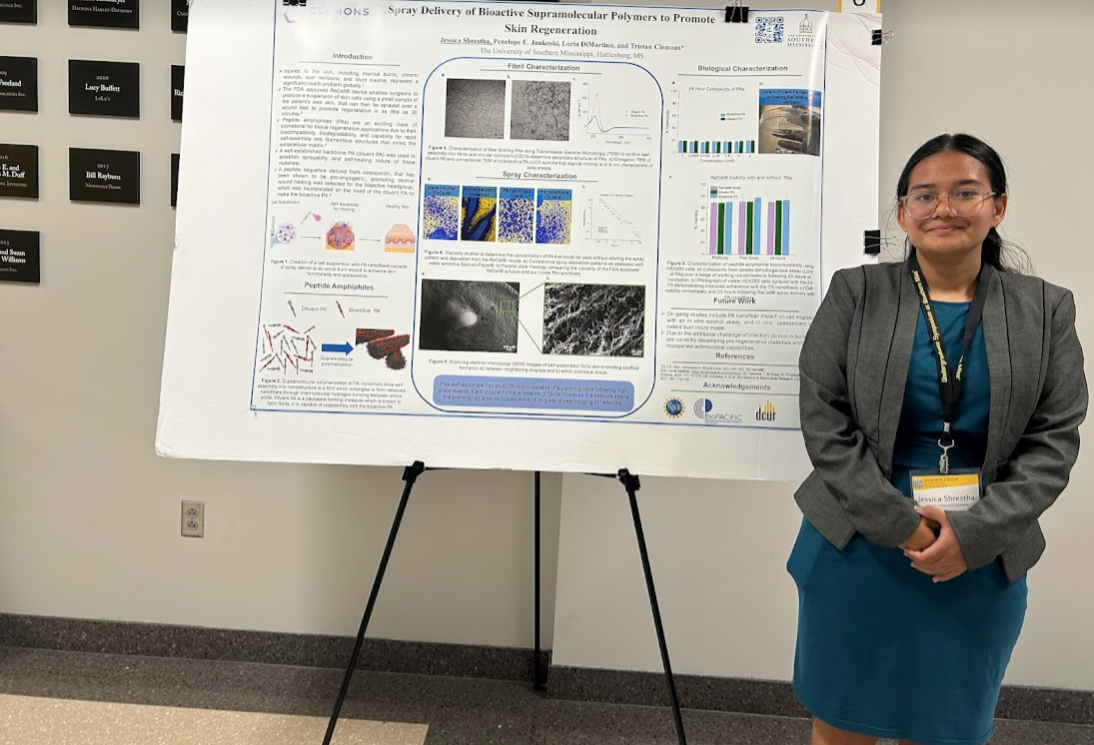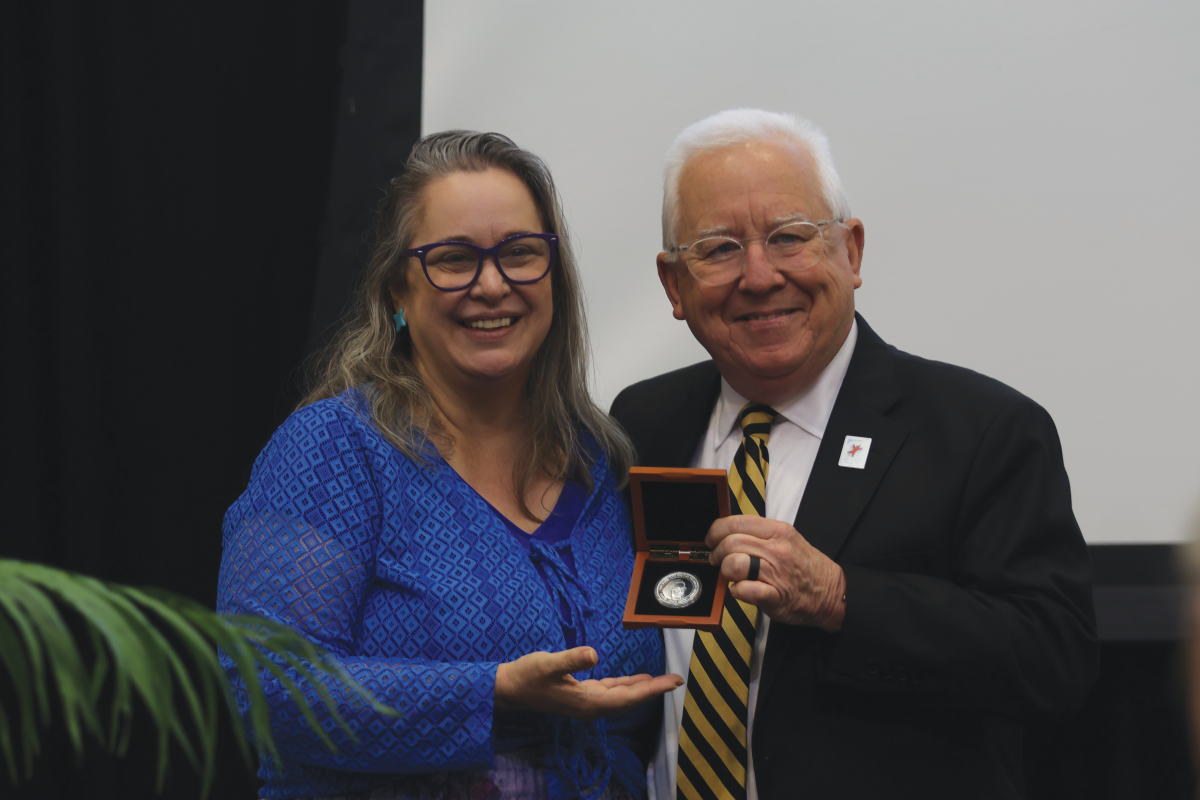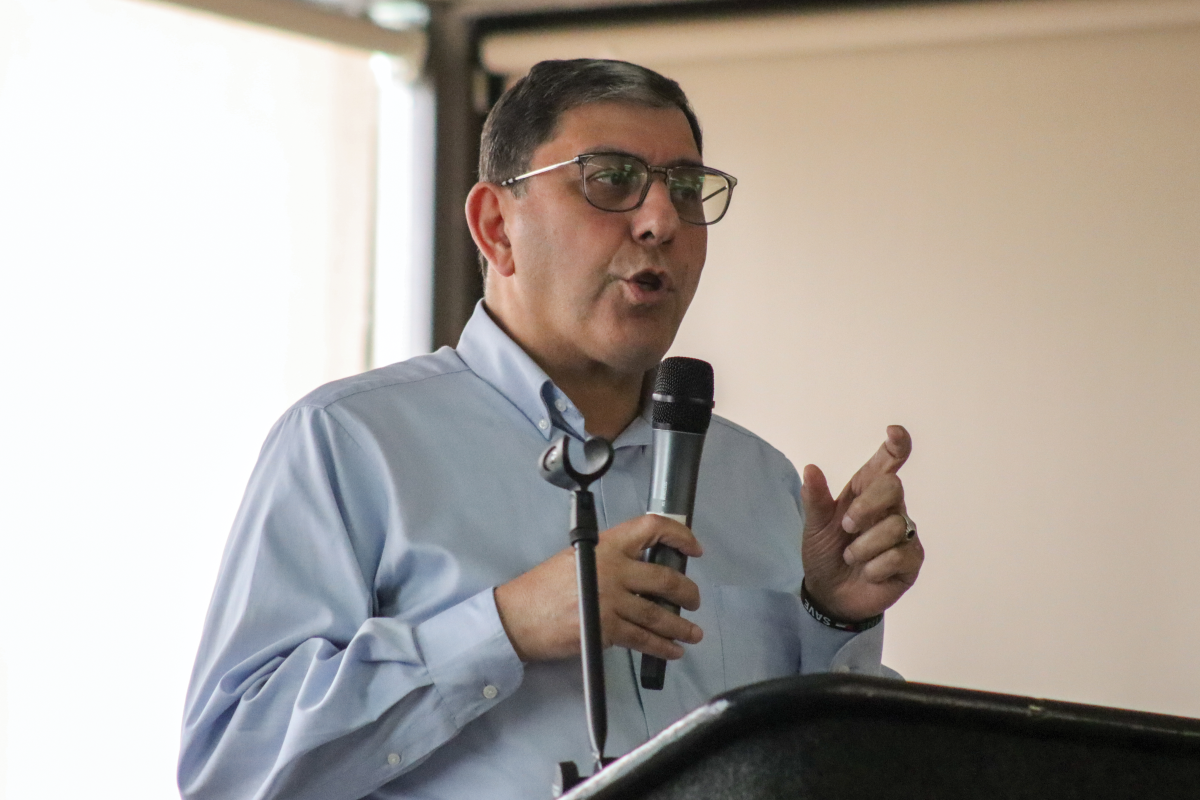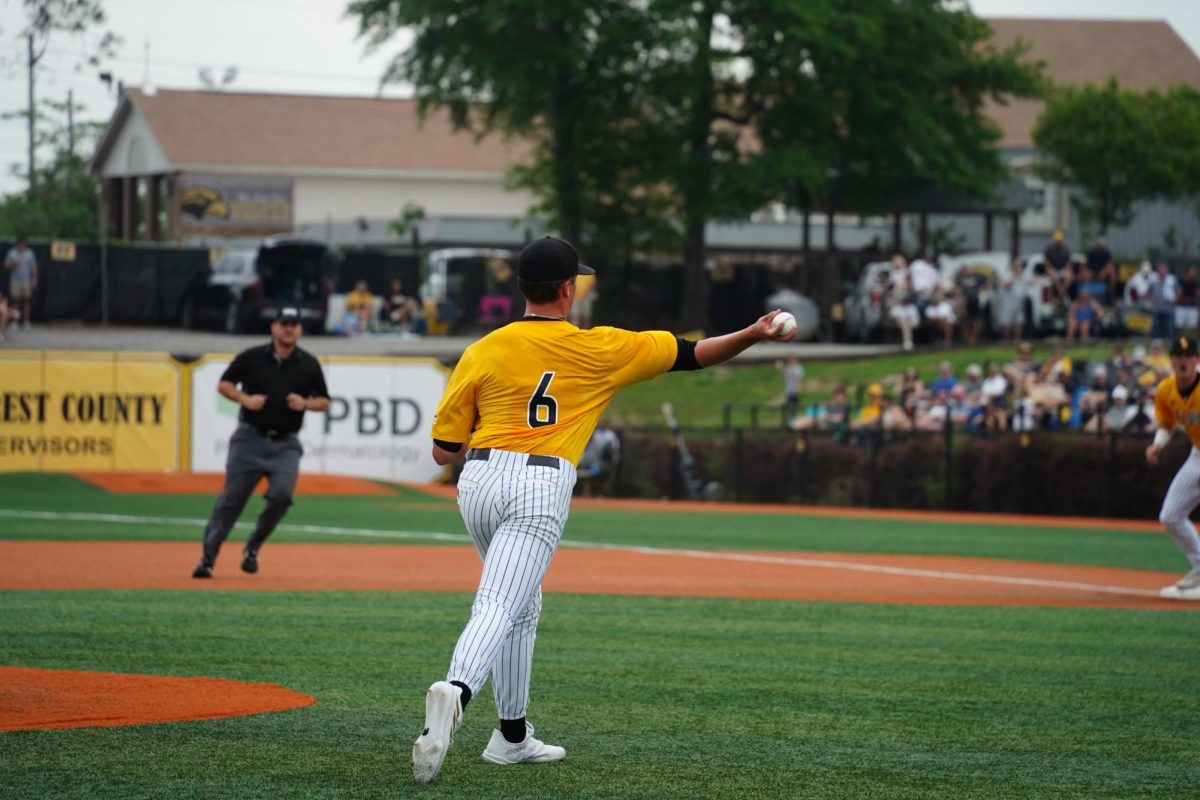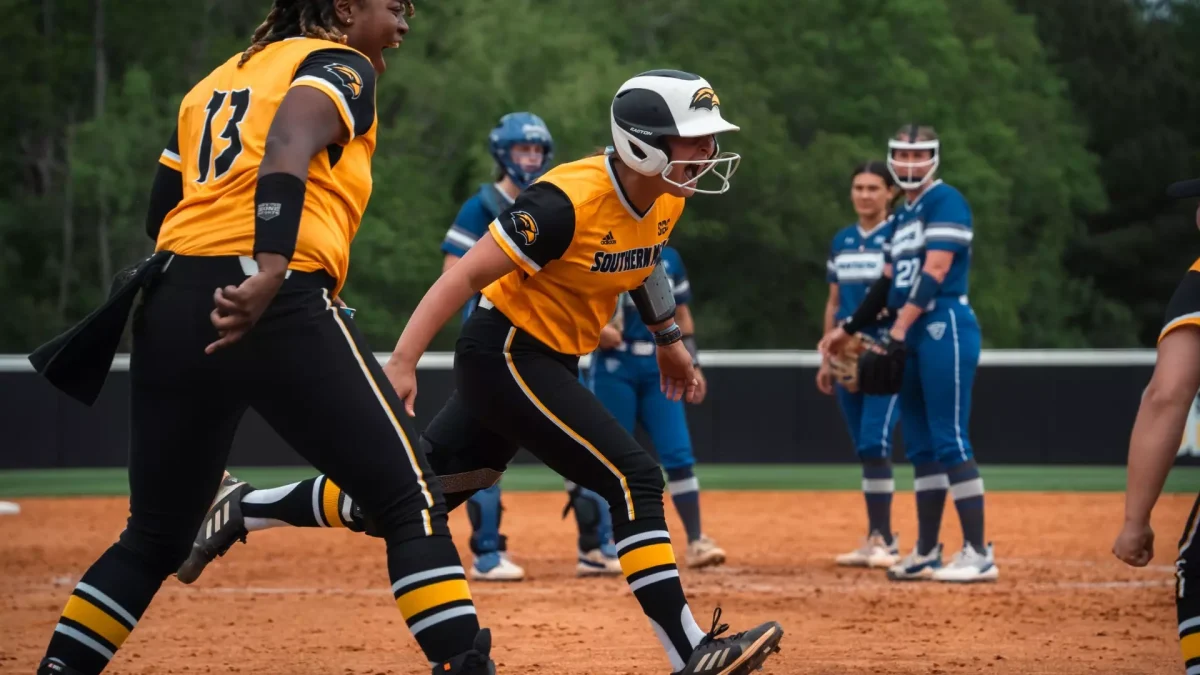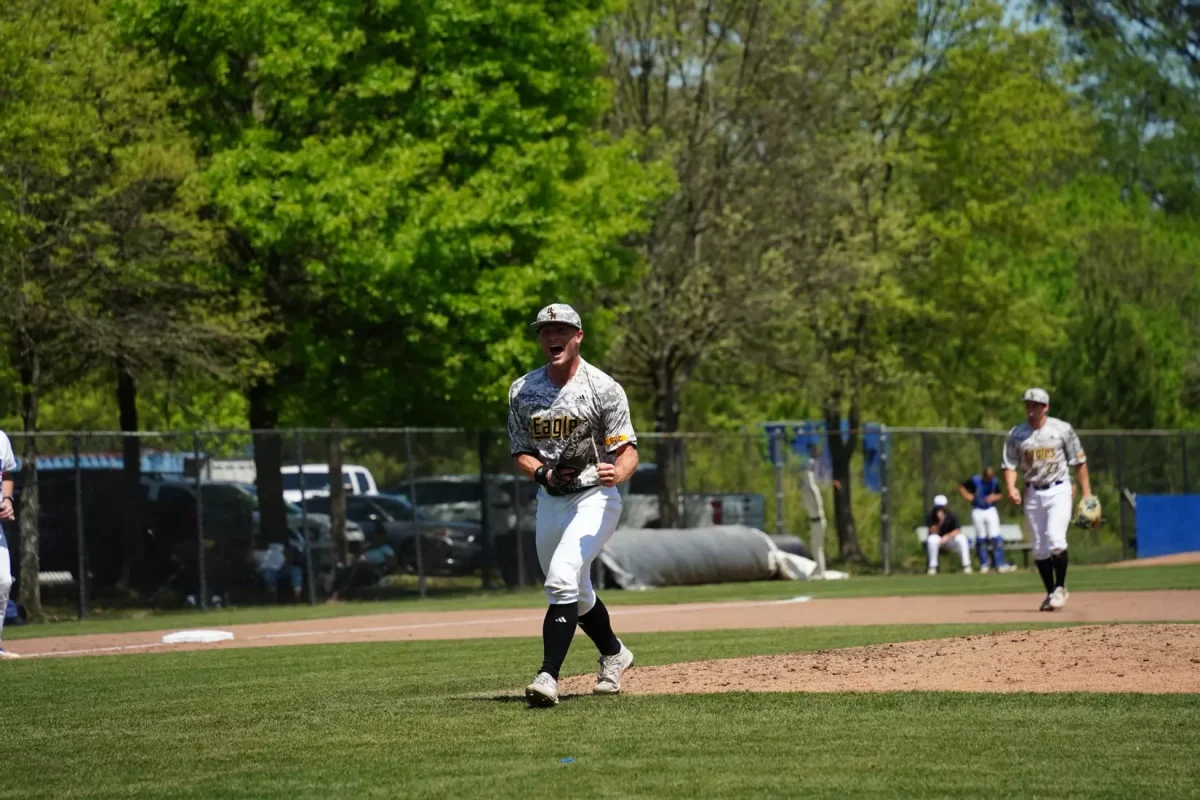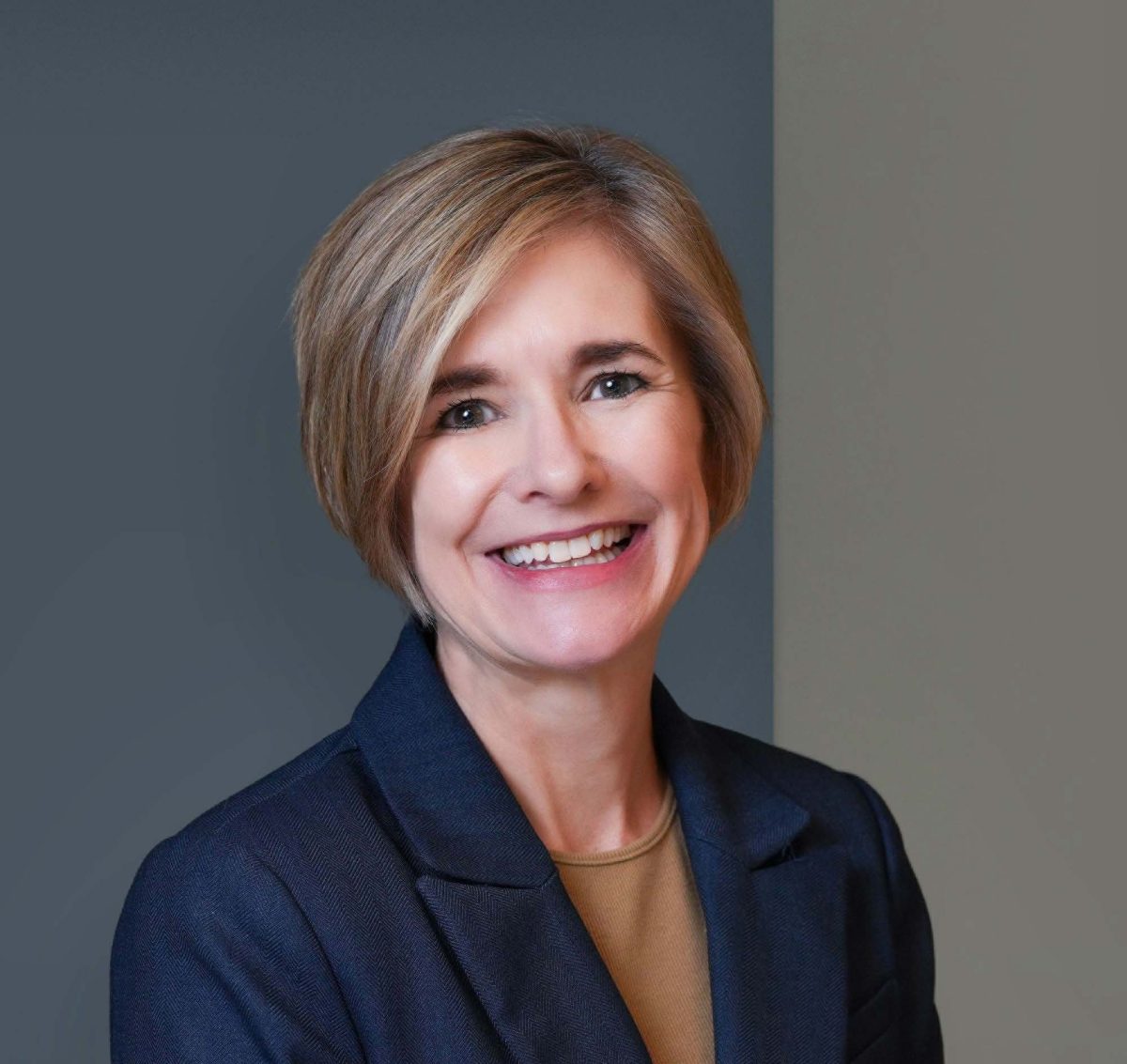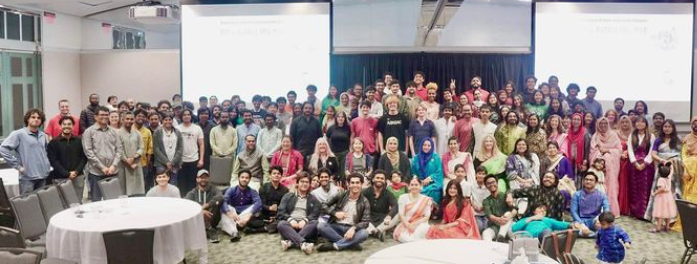Every November, hundreds of thousands of amateur and published writers nationwide sit down to pen 50,000-word novels as part of National Novel Writing Month.
The month-long celebration of literary abandon was founded by freelancer Chris Baty in July 1999, and involved only 21 participants in its initial run. Baty, who was inspired by his work as an editor, jokingly named the challenge and came up with the seemingly impossible deadline.
“I’d seen writers pull off miraculous feats when given impossible deadlines,” he said in a Terrible Minds interview. “To help make the whole thing less scary, we all got together after work and on weekends to write. That camaraderie, coupled with the stupid deadline, gave all of us the high commitment and low expectations that turn out to be a godsend when you’re writing a first draft of a novel.”
Since then, the program has grown considerably. Last year, it boasted roughly 325,000 participants, and it now includes several additional programs like the Young Writers Program, the Come Write In program and Camp NaNoWriMo.
Each has its own specific rules, but all feature a distinct love for writing supported by legions of other literary fans, infinite online resources and exciting and relevant themes. This year’s NaNoWriMo theme is the NaNoWriMo library, “where the imaginary stacks eagerly anticipate the first-draft novels of 300,000+ participants around the world,” according to a NaNoWriMo press release.
“National Novel Writing Month is a wonderful opportunity for people to dive into their imaginations and do one of the most crucial things in life: create,” said Grant Faulkner, executive director of National Novel Writing Month, in a recent press release. “Everyone has a story that needs to come to life, so the shelves of the NaNoWriMo library stretch endlessly. NaNoWriMo helps people find their voice in the act of writing and through the encouragement of the writers in the NaNo community.”
The community Faulkner refers to includes 926 volunteer municipal liaisons who coordinate hundreds of local, in-person writing events with help from local businesses, libraries and community centers.
Chelsea Brown, circulation specialist at Cook Library, is Hattiesburg’s municipal liaison. Although Brown is no longer a USM student, she took classes last November and knows how demanding NaNoWriMo might sound.
“It’s difficult when you’re a student, I won’t lie,” she said. “Tack on life and a full-time job, it feels almost impossible.”
She advises students to look at the 50,000-word goal in more manageable parts. About 1,600 words per day—or four pages of double-spaced text— will allow writers to have the full 50,000 by the end of the month.
“I find it’s easier when you change how you view it,” Brown said. “Most students write already for class. They know how long it takes to write certain lengths. By viewing the goal in a different way, it makes it a little less daunting, especially when they can do something that they can’t for their classwork—make it all up.”
Brown moved to Hattiesburg a little over two years ago and decided to attend NaNoWriMo events in hopes of meeting like-minded people. She met her closest Hattiesburg friends there, as well as the writers group she currently attends to workshop her writing.
“NaNo is about more than just getting the words on the page,” Brown said. “It’s about linking writers together, about creating a community.”
There are several events scheduled to take place on campus and throughout the community during this year’s NaNoWriMo, with help from University Libraries and Hub City Writers, the local Wwriters’ group.
There will be a kickoff party at the Lakes at Turtle Creek Apartments’ clubhouse at 11 p.m. on Oct. 31, where writers can meet to share snacks and give last-minute story advice before November begins.
Throughout the month, writers will have several opportunities to write together. On Sundays, writers can meet at Books-A-Million at 2 p.m. On Mondays, they meet at the Cook Library Art Gallery at 6 p.m. On Thursdays, they meet at Java Werks at 6 p.m.
“The benefits of writing in a group of writers are they can keep you on track by putting a stop to all the procrastinating and distractions writers can face when secluded and to work through plot problems authors may find that lead to writer’s block,” Brown said.
On Nov. 20, University Libraries will host a “Night of Writing Dangerously,” modeled after the national organization’s annual event held in San Francisco. The event will be in the Cook Library Art Gallery beginning at 5 p.m. for food and 6 p.m. for writing and continuing until midnight.
“Usually everyone brings a dish to share and we set up a potluck table so writers can snack throughout the six hours of writing,” Brown said. “I also suggest bringing headphones because sometimes you just get in the zone.”
Interested writers can sign up and keep track of their word count on the NaNoWriMo website.


